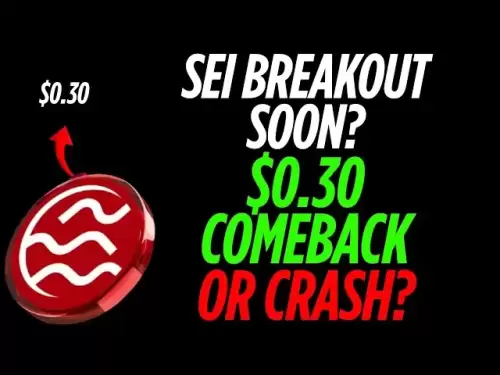-
 Bitcoin
Bitcoin $109,583.2239
0.19% -
 Ethereum
Ethereum $2,583.4612
0.48% -
 Tether USDt
Tether USDt $1.0003
-0.04% -
 XRP
XRP $2.2681
0.70% -
 BNB
BNB $659.9218
-0.52% -
 Solana
Solana $151.4961
-0.37% -
 USDC
USDC $0.9999
-0.02% -
 TRON
TRON $0.2861
1.20% -
 Dogecoin
Dogecoin $0.1718
0.04% -
 Cardano
Cardano $0.5960
-0.07% -
 Hyperliquid
Hyperliquid $40.1233
2.85% -
 Sui
Sui $2.9974
2.48% -
 Bitcoin Cash
Bitcoin Cash $497.1279
-1.76% -
 Chainlink
Chainlink $13.7275
-0.22% -
 UNUS SED LEO
UNUS SED LEO $9.0241
0.70% -
 Avalanche
Avalanche $18.5536
-0.88% -
 Stellar
Stellar $0.2421
1.39% -
 Toncoin
Toncoin $2.8593
-0.51% -
 Shiba Inu
Shiba Inu $0.0...01187
-0.07% -
 Litecoin
Litecoin $90.0023
2.90% -
 Hedera
Hedera $0.1590
2.79% -
 Monero
Monero $322.1495
0.00% -
 Polkadot
Polkadot $3.5453
-1.00% -
 Dai
Dai $1.0000
-0.01% -
 Bitget Token
Bitget Token $4.5733
-1.06% -
 Ethena USDe
Ethena USDe $1.0002
-0.01% -
 Uniswap
Uniswap $7.6345
3.03% -
 Aave
Aave $279.2583
0.47% -
 Pepe
Pepe $0.0...01003
-1.52% -
 Pi
Pi $0.4941
-0.32%
What is the difference between a SNARK and a STARK?
SNARKs and STARKs are zero-knowledge proof systems used in blockchain for privacy and scalability, with SNARKs offering fast verification but needing a trusted setup, while STARKs provide transparency and quantum resistance at the cost of larger proofs.
Jul 03, 2025 at 10:21 pm
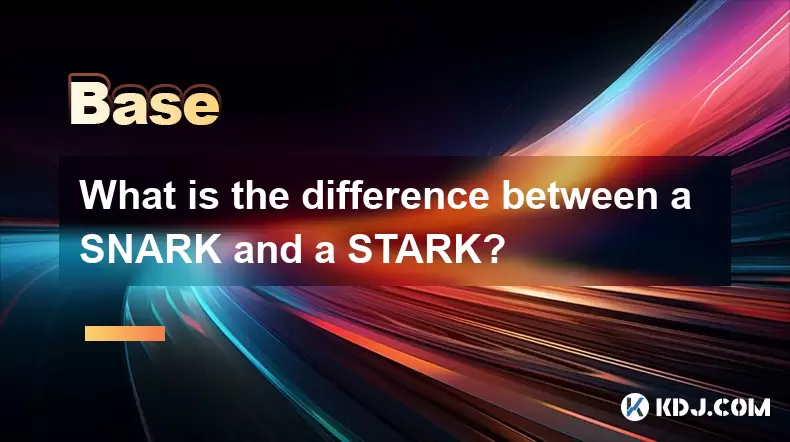
Understanding Zero-Knowledge Proofs
Zero-knowledge proofs (ZKPs) are cryptographic protocols that allow one party to prove to another that they know a value or information without revealing the actual data. This concept is crucial in blockchain and cryptocurrency applications, especially where privacy and scalability are priorities. Two of the most notable implementations of ZKP technology are SNARKs and STARKs.
The primary goal of both SNARKs and STARKs is to enable efficient verification while maintaining data confidentiality. However, their underlying mechanisms, performance characteristics, and trust assumptions differ significantly.
What Are SNARKs?
SNARK stands for Succinct Non-Interactive Argument of Knowledge. It allows a prover to convince a verifier that they possess knowledge of a secret value without revealing it. The term "succinct" refers to the fact that the proof size is small and quick to verify. "Non-interactive" means that minimal communication is required between the prover and the verifier, typically just a single message.
A key requirement for many SNARK systems is a trusted setup phase. During this phase, certain parameters are generated that must be kept confidential. If these parameters are exposed, an attacker could forge proofs. This introduces a potential security vulnerability if not managed correctly.
- A common implementation of SNARKs is used in Zcash, where they help maintain transaction privacy.
- They are often based on elliptic curve cryptography and pairing-based cryptography.
- Proof generation can be computationally intensive, although verification is fast.
What Are STARKs?
STARK stands for Scalable Transparent Argument of Knowledge. Unlike SNARKs, STARKs do not require a trusted setup, which eliminates one major point of failure in the system. This makes them more transparent and potentially more secure from a foundational perspective.
STARKs rely on hash functions and error-correcting codes, making them resistant to quantum attacks — a significant advantage over some SNARK constructions that depend on elliptic curves.
- They offer post-quantum security, which is becoming increasingly important as quantum computing develops.
- Proofs tend to be larger and slower to verify compared to SNARKs, but improvements are being made through optimizations.
- STARKs are particularly useful in environments requiring high throughput and decentralization, such as Layer 2 scaling solutions like StarkWare.
Key Differences Between SNARKs and STARKs
While both SNARKs and STARKs serve similar purposes in the realm of zero-knowledge proofs, several technical and practical differences distinguish them:
- Trusted Setup: SNARKs typically require a trusted setup phase involving secret parameters, whereas STARKs are transparent and do not need any trusted setup.
- Cryptographic Assumptions: SNARKs often rely on pairings and elliptic curves, which may be vulnerable to future quantum attacks. In contrast, STARKs use symmetric cryptography and hashing, offering better resistance to quantum threats.
- Proof Size and Verification Time: SNARK proofs are smaller and faster to verify, making them ideal for blockchains with limited space and computational resources. STARK proofs are larger and take longer to verify, though they scale better with increased complexity.
- Computational Overhead: Generating SNARK proofs can be resource-intensive due to complex mathematical operations. STARKs, while also computationally heavy during proof generation, benefit from parallelizable computations.
- Adoption and Use Cases: SNARKs have been implemented in privacy-focused cryptocurrencies like Zcash, while STARKs are gaining traction in scalability solutions such as StarkEx and StarkNet.
Choosing Between SNARKs and STARKs
Selecting between SNARKs and STARKs depends on the specific requirements of the application:
- If fast verification and compact proofs are essential, and a trusted setup is acceptable, then SNARKs might be the better choice.
- If transparency and resistance to quantum threats are higher priorities, and there's room for slightly larger proofs and longer verification times, then STARKs would be preferable.
- For developers building decentralized applications, understanding the trade-offs between these two technologies is vital for choosing the right solution for scalability, privacy, or both.
Frequently Asked Questions
Q: Can SNARKs and STARKs be used together in a blockchain protocol?
Yes, hybrid approaches are possible. Some projects explore combining both technologies to leverage the strengths of each. For example, using SNARKs for fast verification and STARKs for transparency in different layers of a system.
Q: Do all SNARK implementations require a trusted setup?
Most traditional SNARKs do require a trusted setup, but newer variants like zk-STARK-like constructions or Sonic, Marlin, and Plonk aim to reduce or eliminate this dependency. These are sometimes referred to as universal or updatable SNARKs.
Q: Why are STARKs considered more scalable than SNARKs in some contexts?
STARKs can handle large-scale computations more efficiently because their performance scales more favorably with increasing complexity. Additionally, they avoid the bottleneck of pairing operations, allowing for more parallel processing.
Q: Which one is more widely adopted in current blockchain systems?
Currently, SNARKs have broader adoption, especially in privacy-centric applications like Zcash. However, STARKs are gaining momentum in scalability-focused platforms like StarkWare’s products, indicating growing industry interest.
Disclaimer:info@kdj.com
The information provided is not trading advice. kdj.com does not assume any responsibility for any investments made based on the information provided in this article. Cryptocurrencies are highly volatile and it is highly recommended that you invest with caution after thorough research!
If you believe that the content used on this website infringes your copyright, please contact us immediately (info@kdj.com) and we will delete it promptly.
- BONK Price Prediction: Meme Coin Mania and What's Next?
- 2025-07-04 12:30:13
- NYAG, Stablecoins, and FDIC Protections: Navigating the Regulatory Maze
- 2025-07-04 13:10:15
- Level Up Your DeFi Game: Phantom Wallet and the Ultimate DeFi Experience
- 2025-07-04 13:10:15
- Bitcoin Surge: Breaking Down the $109,000 Barrier and the Road to $165,000?
- 2025-07-04 12:30:13
- Solana ETF Inflows & Snorter Token: A New Era for Meme Coin Trading?
- 2025-07-04 12:50:12
- Ripple, Stablecoin, and First Bank: Decoding the Latest Moves in Crypto
- 2025-07-04 12:50:12
Related knowledge

What is a token generation event (TGE)?
Jul 04,2025 at 07:14am
Understanding the Basics of a Token Generation Event (TGE)A Token Generation Event (TGE) refers to the process through which a blockchain project creates and distributes its native tokens to investors, participants, or stakeholders. This event is often associated with new cryptocurrency projects launching on platforms like Ethereum, Binance Smart Chain,...

What is a block explorer API?
Jul 04,2025 at 05:07am
Understanding the Role of a Block Explorer APIA block explorer API is a crucial interface that enables developers and users to interact programmatically with blockchain data. Unlike traditional APIs used in web services, a block explorer API specifically provides access to blockchain-related information such as transaction details, wallet balances, bloc...
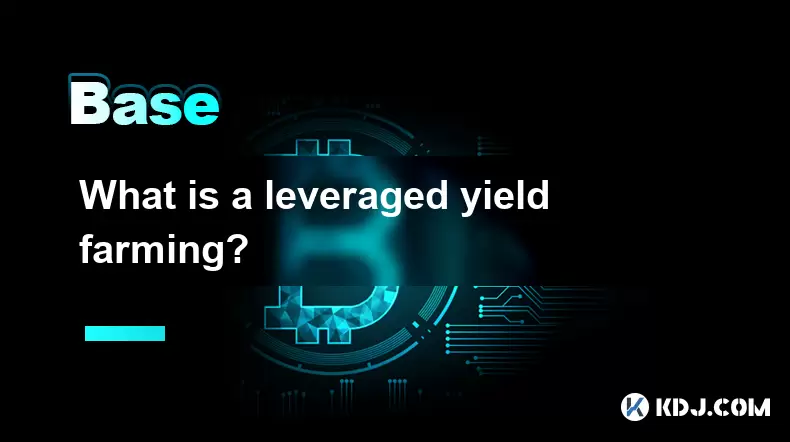
What is a leveraged yield farming?
Jul 04,2025 at 09:36am
Understanding Leveraged Yield FarmingLeveraged yield farming is a more advanced form of yield farming, which itself is a popular method in the decentralized finance (DeFi) ecosystem to earn returns by providing liquidity to various protocols. In traditional yield farming, users deposit tokens into a DeFi platform and earn rewards in return, often in the...

What is open interest in derivatives?
Jul 03,2025 at 02:49pm
Understanding Open Interest in DerivativesOpen interest is a critical metric used in the cryptocurrency derivatives market, particularly when analyzing futures and options contracts. It represents the total number of outstanding contracts that have not been settled or closed by either party involved. Unlike trading volume, which counts all trades made i...
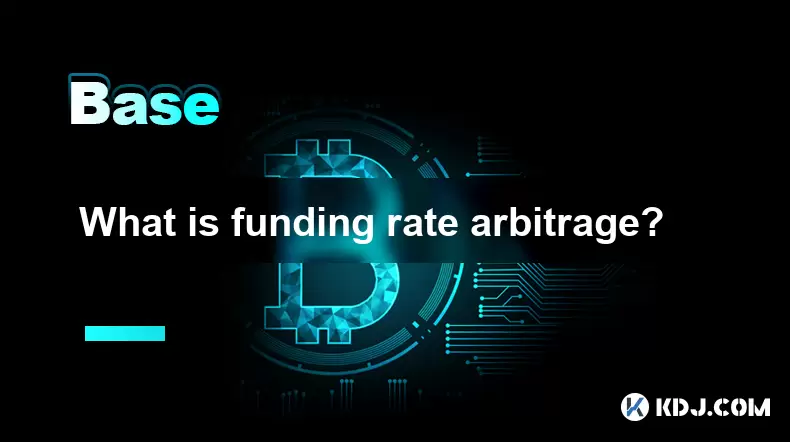
What is funding rate arbitrage?
Jul 04,2025 at 11:43am
Understanding Funding Rate Arbitrage in the Cryptocurrency MarketFunding rate arbitrage is a trading strategy employed by crypto traders to exploit differences in funding rates across various perpetual futures exchanges. In perpetual contracts, funding rates are periodic payments made between long and short traders depending on whether the price of the ...
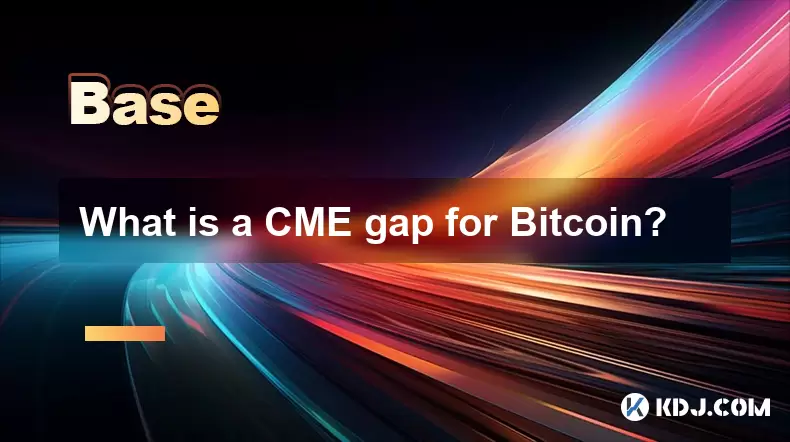
What is a CME gap for Bitcoin?
Jul 03,2025 at 05:49pm
Understanding the Concept of a CME GapA CME gap refers to a discrepancy in price between the closing price of Bitcoin on the Chicago Mercantile Exchange (CME) and its opening price when trading resumes. This phenomenon occurs because the CME operates during specific hours, typically aligned with traditional market hours, while cryptocurrency markets ope...

What is a token generation event (TGE)?
Jul 04,2025 at 07:14am
Understanding the Basics of a Token Generation Event (TGE)A Token Generation Event (TGE) refers to the process through which a blockchain project creates and distributes its native tokens to investors, participants, or stakeholders. This event is often associated with new cryptocurrency projects launching on platforms like Ethereum, Binance Smart Chain,...

What is a block explorer API?
Jul 04,2025 at 05:07am
Understanding the Role of a Block Explorer APIA block explorer API is a crucial interface that enables developers and users to interact programmatically with blockchain data. Unlike traditional APIs used in web services, a block explorer API specifically provides access to blockchain-related information such as transaction details, wallet balances, bloc...

What is a leveraged yield farming?
Jul 04,2025 at 09:36am
Understanding Leveraged Yield FarmingLeveraged yield farming is a more advanced form of yield farming, which itself is a popular method in the decentralized finance (DeFi) ecosystem to earn returns by providing liquidity to various protocols. In traditional yield farming, users deposit tokens into a DeFi platform and earn rewards in return, often in the...

What is open interest in derivatives?
Jul 03,2025 at 02:49pm
Understanding Open Interest in DerivativesOpen interest is a critical metric used in the cryptocurrency derivatives market, particularly when analyzing futures and options contracts. It represents the total number of outstanding contracts that have not been settled or closed by either party involved. Unlike trading volume, which counts all trades made i...

What is funding rate arbitrage?
Jul 04,2025 at 11:43am
Understanding Funding Rate Arbitrage in the Cryptocurrency MarketFunding rate arbitrage is a trading strategy employed by crypto traders to exploit differences in funding rates across various perpetual futures exchanges. In perpetual contracts, funding rates are periodic payments made between long and short traders depending on whether the price of the ...

What is a CME gap for Bitcoin?
Jul 03,2025 at 05:49pm
Understanding the Concept of a CME GapA CME gap refers to a discrepancy in price between the closing price of Bitcoin on the Chicago Mercantile Exchange (CME) and its opening price when trading resumes. This phenomenon occurs because the CME operates during specific hours, typically aligned with traditional market hours, while cryptocurrency markets ope...
See all articles























